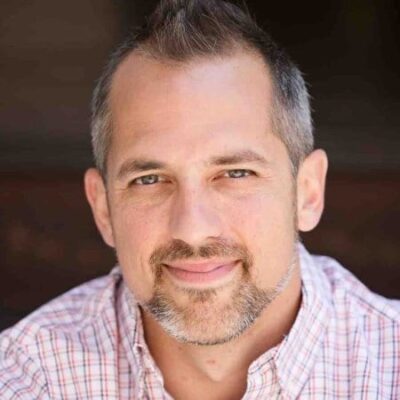From YouTube to Periscope to Facebook, video marketing is in full force and marketers who leverage video marketing now will reap the rewards of a fully engaged audience who are more likely to buy.
Therefore, matching your business objectives with effective video content can greatly increase your revenue. Video is the perfect medium for accomplishing a variety of business objectives:
Here are a few examples:
Search
Rank videos on YouTube and Google to attract targeted prospects who are searching for terms related to your products & services.
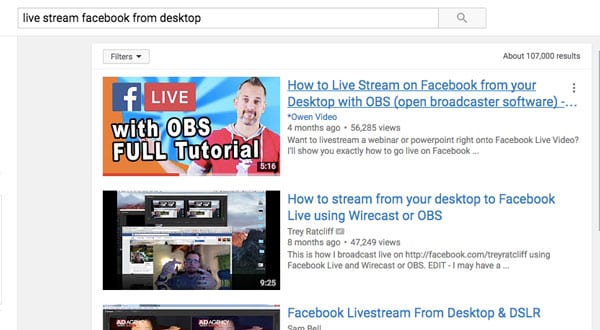
Image courtesy of YouTube
Video Ads
Use Facebook Video or YouTube Pre-Roll ads to serve specific videos to your target market, track conversion, and segment.
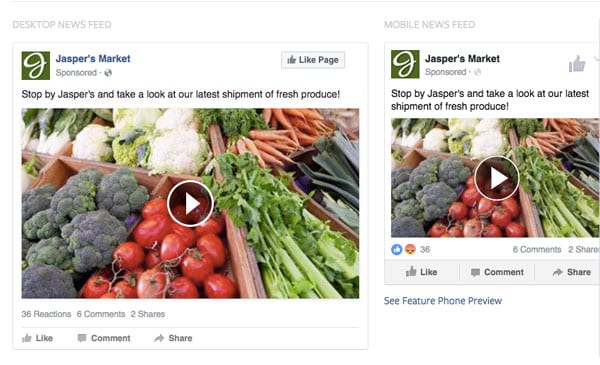
Image courtesy of Facebook
Landing Page Video
Sell your product or service with video embedded onto your landing page. Split test short form and long form content.
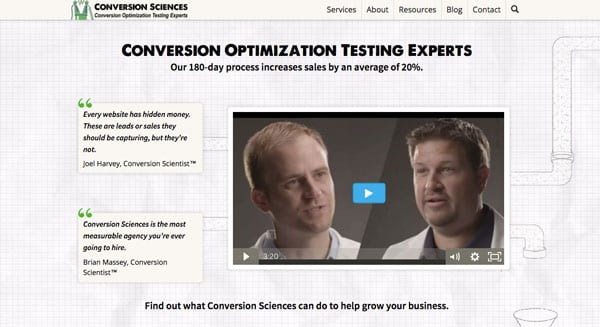
Image courtesy of Conversion Sciences
Channel Development
Develop an audience of thousands with regularly scheduled video content designed to build your authority in the industry.

Image courtesy of Amy Schmittauer’s YouTube channel
So what’s the first step in creating video content that’s engaging to your audience? You might be surprised to know that it has nothing to do with your camera…
Truthfully, the most important and impactful work that you’ll do with video marketing has everything to do with how you start.
A ship that leaves the harbor may only be off course by 1 degree but after a few hours that ship will be hundreds of miles off. Video marketing is the same – you’ve got to navigate your campaign correctly from the very beginning or you’ll wind up lost.
The three steps outlined below will launch your campaign correctly and with the highest probability of success.
Step 1: People – Who are these videos for?
Establish the intended audience. Knowing who you are making the video for will determine the verbiage you’ll use, the clothes you’ll wear, who speaks on camera, the graphics and visual style, and the social media platforms through which you’ll distribute the video.
It’s best to have a clearly defined Buyer Persona or Avatar. Something like this will do fine:
- “Soccer Moms who watch family videos on YouTube”
- “Males 35-55 who are interested in sports and fitness”
- “College bound Millennials who use Snapchat”
Now that you have clearly defined your viewer you can create custom audiences on Facebook, Adwords, or other marketing platform.
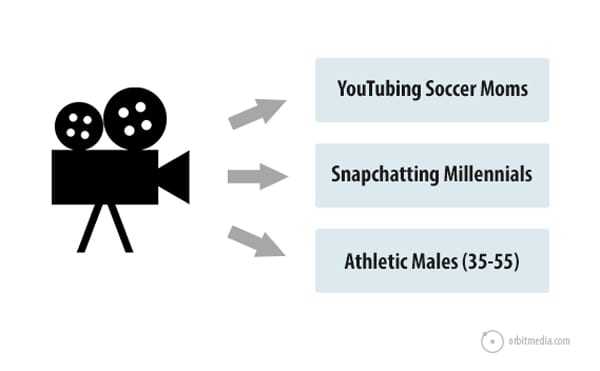
Step 2: Purpose – What are your videos supposed to do?
Define the action your viewers should take after watching your video and how they can take that action. Brands mostly strive for video views, while companies strive for leads, sales, and opt-ins.
Once determined you can match your objectives to measurable events (IE: link clicks, retention, shares). Here are a few ideas of how that might work on YouTube:
- Purpose: The video should drive traffic to a sales page.
- Metric: Clicks on icard, annotations, or clicks on the bitly link in description box
And for Facebook:
- Purpose: Retain viewer for 50% of video TRT (total run time).
- Metric: Audience retention on Facebook Ads Manager.
As you consider your objectives you will better understand how to craft your video script, position your call to action, and choose a platform with the most appropriate metrics by which to gauge your results.
Step 3: Platform – Which platform will best reach your audience and track your results.
Define the platform on which you will publish the video whether it be Facebook, YouTube, Wistia, or Amazon. If your video is private or should be downloaded, then Amazon may fit your needs. If your video should be shared, then Facebook may be your platform. If sales are your objective, then YouTube is the way to go.
Your platform is a function of both your People and your Purpose. Consider both when selecting your platform.
Similarly, different platforms enable different capabilities. For example:
- Facebook video ads provide only one link for your viewers to click.
- YouTube annotations and icards provide the ability for multiple links.
- Amazon and Vimeo videos are not clickable.
The different features on different platforms should also affect how the video is edited. Facebook videos play with the sound off and should include text overlays in the first 10 seconds. YouTube annotations should accompany on-screen graphics.
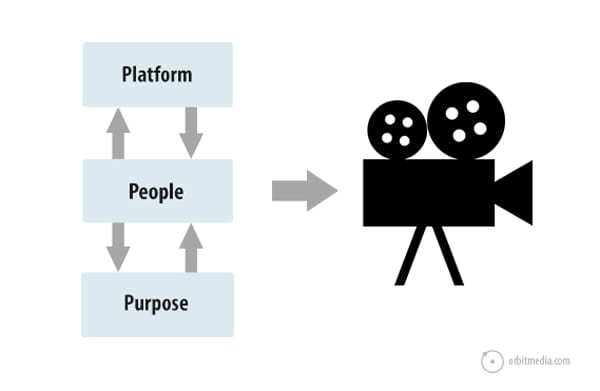
Now that you’ve established your Platform, People, and Purpose, you’re ready to begin the next phase of creating titles and writing your scripts.
Wrapping It Up
The Three P’s of successful video marketing are not listed here in any priority. They do not exist in silos and should be considered in conjunction with one another.
Whether producing YouTube channels, video ads, or Facebook Live video events, this approach will help you to clearly define your objectives before you begin writing your videos and will guide the writing and production process.
As video continues to dominate the online and social space, companies that properly begin the process will yield far better results than those who do not.
Get started with these three steps today and ping me on social if you have any questions or want to share a success story.
